The Legend of Zelda: Phantom Hourglass/Map Data/isle first
This is a sub-page of The Legend of Zelda: Phantom Hourglass/Map Data.
Early Mercay Island
Found in "isle_first", this is an early version of Mercay Island, complete with a top screen map.
These models are far smaller than regular Phantom Hourglass models. While the setup files are present, they're slightly different from how the final game's setup files are formatted, meaning they simply crash if loaded unmodified. It is possible to load them with some modifications.
There's evidence that shows that this map was likely one of the earliest versions created from concept material. It is shaped like a whale, a concept that was abandoned later on for a more practical shape dictated by gameplay needs (e.g. adding the WFC treasure trading island and miniquests related to getting to it). This map has no "sea" entry in the WARP table, meaning you couldn't leave the island in-game at this stage yet. While there are house models, they have no loading zones attached to them (note: the screenshots here only show the map models itself, hence the houses aren't visible on them).
The only gameplay aspect already implemented is the mountain passage. It has functioning loading zones, and has the Chuchus in front of it. This map was already updated to have walls facing away from Link being slopes, however similar to player_dngn, the conversion was made using an early version of the map editor, leaving the models with broken textures and geometry in places where the slopes were automatically added. This is also visible on the minimap.
| Early | Final |
|---|---|
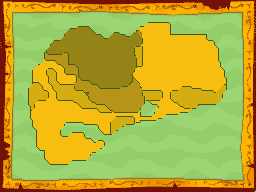 |
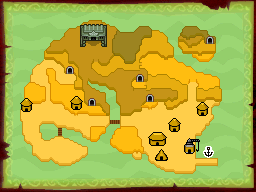 |
Room 0
Somewhat similar to the final version of the room, but featuring in-model water, while the retail version's water is a separate model. Part of the bottom of the final island ended up being another MapObject: a beach with animated waves. Oshus' House was originally located on the beach section of the map. The cave with the sword is not present at all, there's no waterfall yet, and the broken bridge was moved to Room 3. In this section of the map, there are three houses using the same model, without any loading zones defined for them. Given that the overall number of houses located on the entire island is the same as in the final game, either the Shop or the Treasure Teller was originally located on this section of the map.
There's a pre-release screenshot that makes it seem likely that it's the Treasure Teller:
| Early | Final |
|---|---|
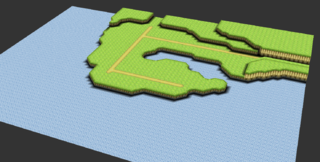 |
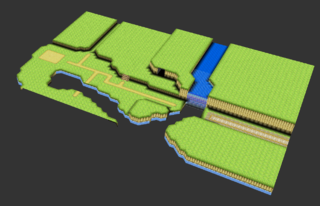 |
Room 1
Similarly to Room 0, the water featured in this room is just a static texture. The biggest difference, however, is the complete lack of provisions for the Temple of the Ocean King. The Chus that are featured in the final version of the map are already present here, while the Gossip Stone isn't. The loading zone for the Mountain Passage (dngn_first) is already implemented.
| Early | Final |
|---|---|
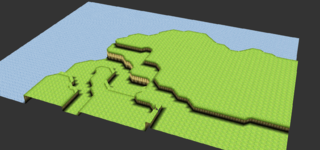 |
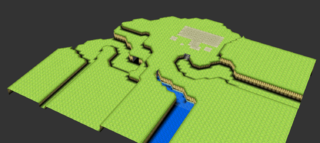 |
Room 2
Room 2 is entirely different, and was where the Mercay Port and City was originally located. The cave exit of the tutorial dungeon is near the staircase on the left. There are 4 houses on this section of the map, without any loading zones defined for them. There is no way to leave the island in-game yet, since there's no "WARP" entry for the "sea" map.
| Early | Final |
|---|---|
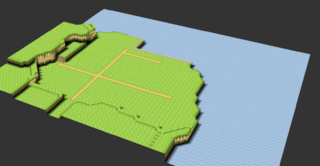 |
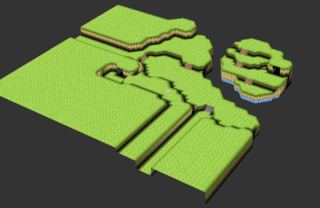 |
Room 3
Room 3 is where the broken bridge was originally intended to be (before it was moved to map00). Other than that, there isn't much to speak of, aside from an extra box of tiles at the very bottom of the map; the rest is just water. There are no triggers (like the actor "NMSG", which is used to prevent you from going to areas you're not supposed to by having Ciela talk to you), meaning that at this point in development there was nothing blocking you from just going to the town directly if you had wanted to do so.
| Early | Final |
|---|---|
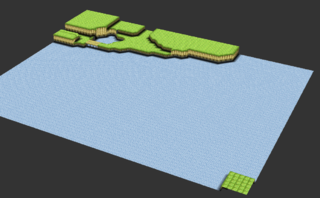 |
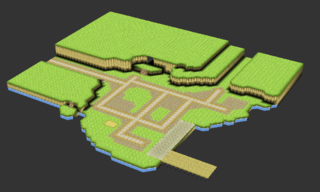 |





